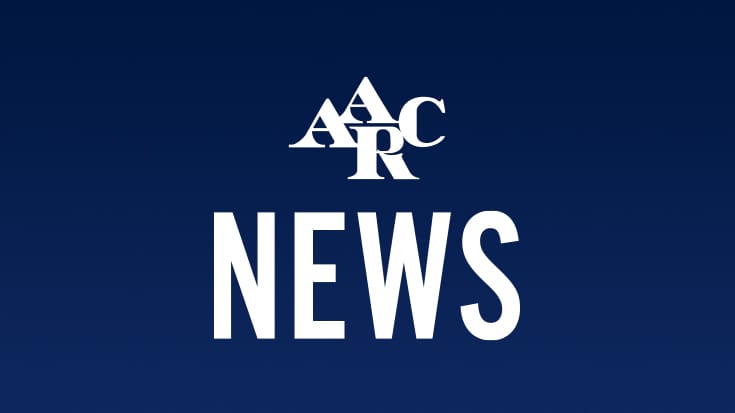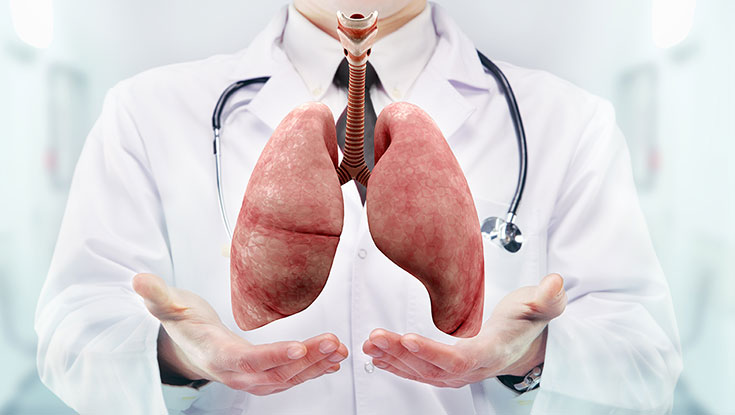
Most everyone knows that networking and collaboration can be vital elements to any career, but exactly how vital is it for respiratory therapists? We spoke with AARC Member Andy Miller, RRT, RRT-ACCS, RRT-NPS, FAARC, who serves as a respiratory care practitioner and ECMO specialist at Duke University Medical Center in Durham, North Carolina.
Networking Adds Value
Often, the thought of networking and job searching may run together. But what benefits do you receive from networking beyond looking for a new job? According to Miller, networking offers value for respiratory therapists.
Traditional networking takes place during in-person events like state and national conferences and meetings. For Miller, one of the best ways to get involved at the state and national level in various organizations is to attend an annual conference and simply talk with people.
“Being present and enthusiastic is a great way to put yourself out there as someone willing to help,” Miller said. “While this may be an overwhelming thought, especially if you’re introverted like me, it can be quite rewarding.”
Burst Your Own Bubble
“Many of us remain inside our institutions‘ ‘bubbles,’” Miller said. “However, it is crucial to personal and professional growth to get outside our comfort zones.”
Miller shared an example of how a chance networking meet and greet led to career path inspiration.
“Tom Barnes, PhD, RRT, FAARC, introduced himself to me early in my career about pursuing a master’s degree. While I was not considering a master’s degree at that time, it planted the seed that led to me finishing my degree this past summer from Northeastern University. Without Dr. Barnes’ support and encouragement, I would not have gotten my degree,” Miller said.
Miller also recounted a time when a colleague introduced him to another colleague, which led to presenting a course and receiving attention from RESPIRATORY CARE.
“Early in my career, at my very first AARC Congress, a colleague, Mike Gentile, MBA, RRT, FAARC, introduced me to Amy Bardin, MSc, RRT, from Arizona. We were (and still are) enthusiastic about vascular access, and we hit it off, exchanging emails about ultrasound-guided arterial line insertion,” Miller said. “Ultimately, this encounter led to a pre-Congress course on vascular access. I was honored to be a speaker in this course, which resulted in a review article on ultrasound-guided radial artery cannulation published in RESPIRATORY CARE.”
And finally, networking opportunities can also lead to group research projects. Miller is part of a group researching burnout and resilience among RTs with colleagues from across the country.
“Many of these relationships were formed at the annual AARC Congress,” Miller said.
Networking and forming new professional relationships can lead to increased diversity for projects. And, according to Miller, there is strength in this diversity.
“Collaboration is critical for research,” Miller said. “It increases individual studies’ generalizability and enrolls enough research subjects to explore the data using advanced statistical techniques adequately. Conferences are where researchers connect to provide feedback, exchange ideas, and encourage each other.”
Embrace the Pivot to Virtual Connections
This past year, due to the COVID-19 pandemic, everyone everywhere had to learn to pivot, adjust, and adapt. This includes our networking styles. Fortunately, many online connection platforms have been available and established for a while.
“Even before the pandemic, networking has increasingly moved online through AARConnect, Twitter, and Facebook,” Miller said. “I joined AARConnect many years ago and have had many passionate discussions about various respiratory care topics.”
Looking to increase his online presence, Miller created a professional Twitter account to interact with other health care colleagues online.
“This serves as a great way to connect with people we wouldn’t otherwise cross paths with, like emergency physicians, colleagues overseas, and discover articles that I would not have found otherwise,” Miller said.
He also cautions other to be mindful of their social media use and behavior.
“Social media can, unfortunately, be a double-edged sword. Be cautious not to overuse the technology or engage with toxic individuals online,” Miller said.
Video Conferencing Makes Way for Increased Participation
Now deep in the socially distant culture, we have all become accustomed to daily video conferencing. For Miller, this new uptick in video conferencing use and comfort makes it easier to connect with colleagues around the globe. It also gives others a chance to participate in events they may not have previously had the ability to attend. Miller offered the example of the 2020 AARC OPEN FORUM event, which had record attendance.
“Technology helps us connect,” Miller said. “We may lose some informal communication and socializing that accompanies in-person conferences; however, we will certainly find a balance between the two as virtual conferences allow more people to attend as the cost is lower.”
Miller finds that attending morbidity and mortality conferences, department meetings, grand rounds, and doing education online from home is convenient. He also appreciates the chat feature in virtual meetings, allowing people to ask questions with ease.
Seek Opportunities to Collaborate
“The willingness and ability to successfully collaborate are foundations of successful organizations,” Miller said. “Respiratory care departments need to work with other departments and services to provide high-quality respiratory care and education.”
Miller explained that “collaboration gives us the ability to provide excellent patient care.”
“When we work together, and all team members are allowed to use their expertise, the patients get higher quality care, and team members will be more satisfied with their workplace,” Miller said.
When it comes to research projects, Miller finds working with colleagues from other services and areas of expertise rewarding.
“I have worked with dozens of wonderful people from various specialties and am always looking to work with new people because we always learn more from each project,” Miller said.
In fact, Miller would like to see “increased collaboration between respiratory researchers in the future so RTs can be providing high-quality evidence to ensure our patients get the best care possible.”
Continue Building the Profession
Networking helps foster connections and relevancy for the new generation of RTs.
“As I progress in my career, I am increasingly able to help new professionals find opportunities to be a part of projects,” Miller said.
Establishing these professional relationships not only helps share skills, but it builds interest and growth for the profession overall. New RTs looking to enhance their career need these networking connections.
Email newsroom@aarc.org with questions or comments, we’d love to hear from you.














